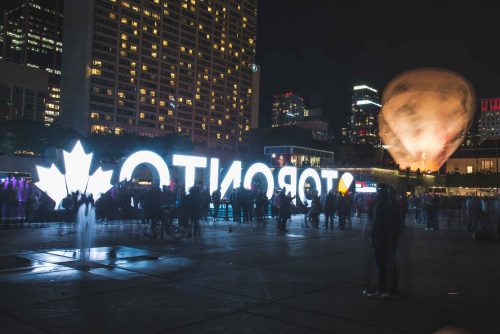
Nuit Blanche 2018 came and went without much splendor. A Blog TO article describes the annual event as the “one of its best yet,”1 but could only point to the success of the Scarborough branch this year. Past years have left enough of a legacy to get one excited as the air begins to cool. I do not claim to have seen all exhibits, however, as an architecture student with roots in the Toronto art scene, I believe this year’s event was lackluster.

The conception of the night has always excited me: an entire city center shuts itself down to let its dark underbelly of heterotopic art shine at the forefront. The activation of the night creates a hyper-awareness to the shadow-side of familiar spaces that are often never experienced and gives a new perspective on how one might interact with these spaces when the light comes back, and the art is taken down. The inversion is an exercise in creation and site response, and the art and culture surrounding Nuit Blanche takes it to another level.
This year saw a dark turn. Even though Scotiabank pulled 50% of Nuit Blanche funding two years ago,2 last year’s event held onto the past quality while this year’s fell into disarray. The night downtown was defined less by the art and more by the crowds of people ‘doing their own thing.’ This was likely because of the focus on Scarborough the night seemed to take, highlighting artists including French-Tunisian eL Seed.1
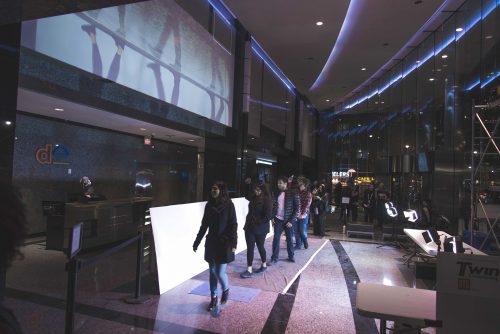
During a talk in the fall lecture series at school, I gained some alternate insight into the shortcomings of this year’s setup. There is a large disparity between small projects of varying success and the high-end pieces at the city center. This year saw a centralization in Scarborough as even Nathan Philips was less spectacular than past years. The night generally lacks an intermediate exhibitor who has some experience and has developed from past works. The demands of Nuit Blanche are not to be underestimated, especially with 300,000 or more people attending “the mothership of Nuit Blanche” in Toronto.3
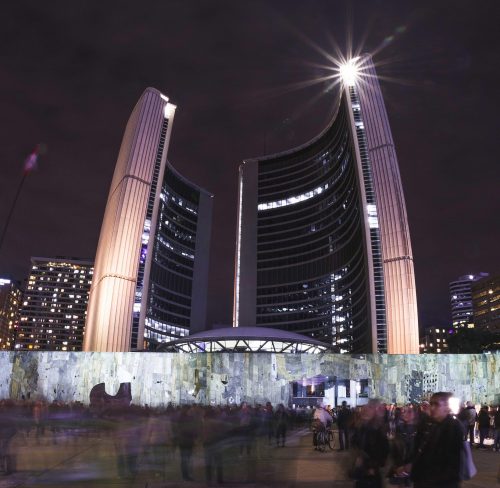
As years pass, the event is attended by increasing numbers of people; the crowds have now become an exercise into the Tyranny of the Commons. The overpopulation of the event makes seeing some exhibits impractical and can begin to force security to hurry the crowds through exhibits. The number of attendees cannot be abated, but then crowds must increasingly influence the design of Nuit Blanche exhibits: the accommodation of people has become a necessary premise in the design process. This year found a sparsity of exhibits, which meant increased strain on the few scattered in the downtown core; and a lack of quality made the night a rampage of searching for the ‘one.’
This year’s Nuit Blanche was more about the people attending than the art itself. This is not necessarily uninteresting, as the night brings eclectic swathes of population together. However, it means a fundamental shift in the night away from its original focus: a ‘parcours artistique nocturne.’ Funding changes, unconscious or inexperienced projects and planning, and overcrowding in the core left Nuit Blanche as a glorified night out, with some sights, but little inspiration.
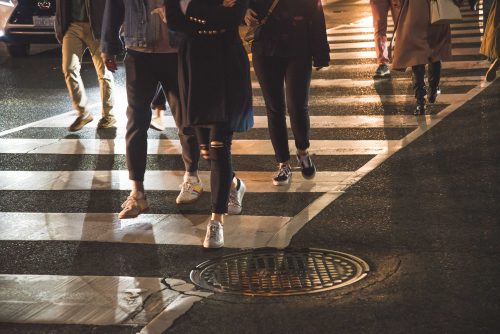
[1] Mok, Tanya. “The Latest Edition of Nuit Blanche Was One of Its Best Yet.” BlogTO, October 2, 2018. www.blogto.com/arts/2018/10/nuit-blanche-toronto-photos-2018/.
[2] Krashinsky, Susan. “Scotiabank Drops Sponsorship of Toronto’s Nuit Blanche.” The Globe and Mail, October 6, 2015. www.theglobeandmail.com/report-on-business/industry-news/marketing/scotiabank-drops-sponsorship-of-torontos-nuit-blanche/article26684452/.
[3] Adams, James. “Has Toronto’s Nuit Blanche grown too big for its own good?” The Globe and Mail, September 25, 2015. www.theglobeandmail.com/arts/art-and-architecture/has-torontos-nuit-blanche-grown-too-big-for-its-own-good/article26547483/.


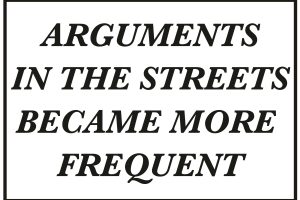
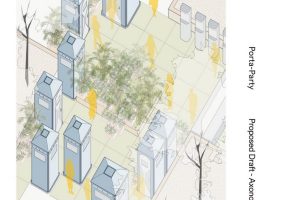
Leave a Reply